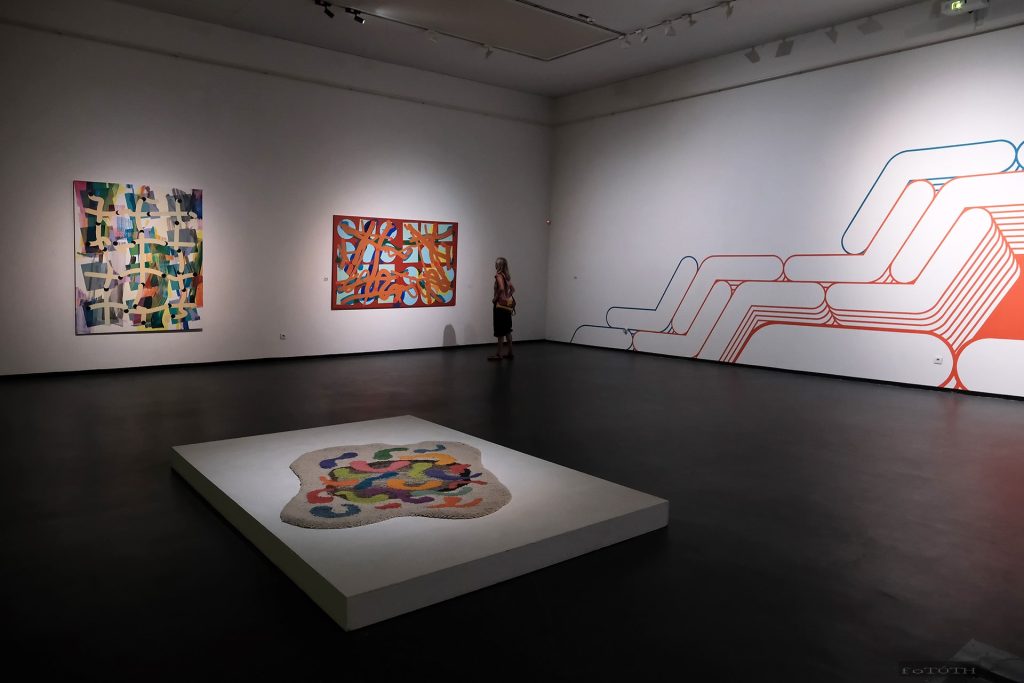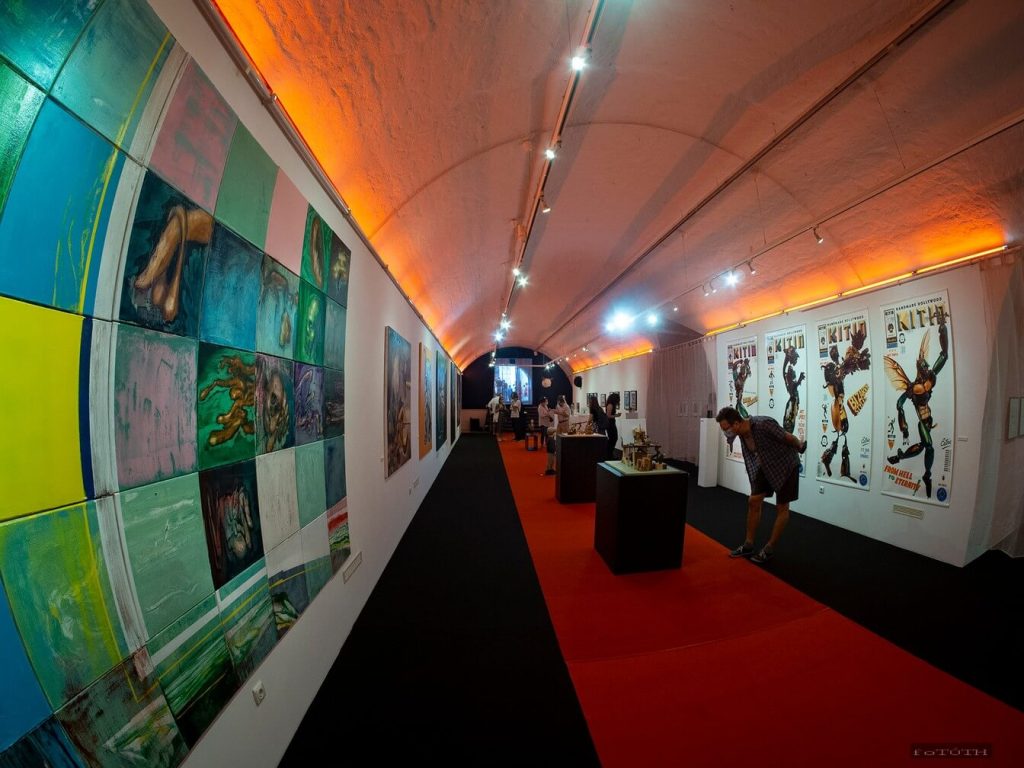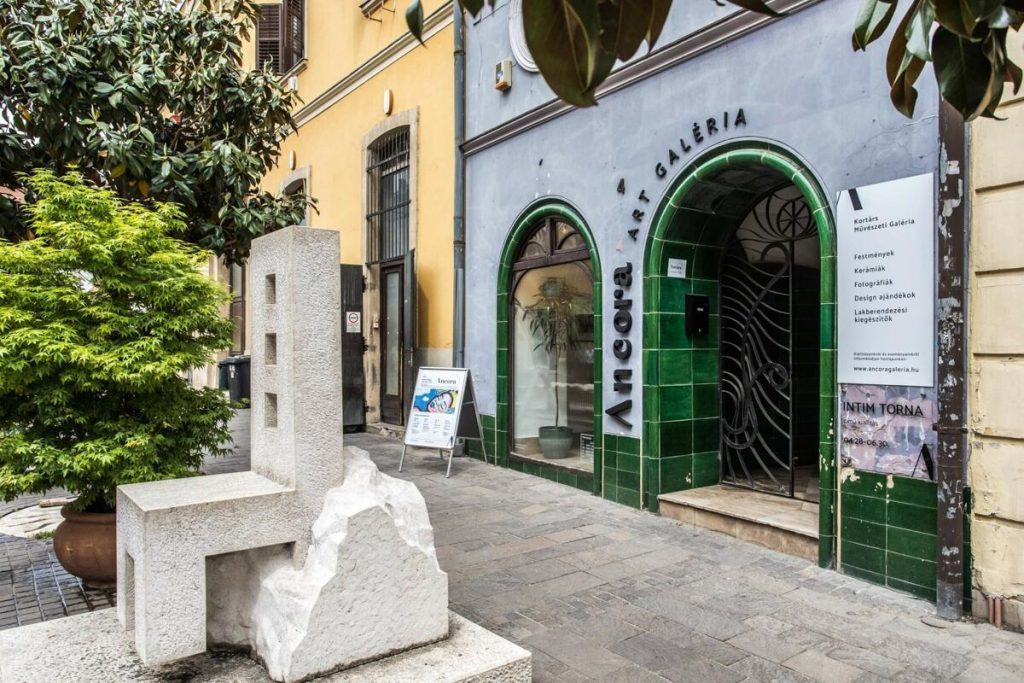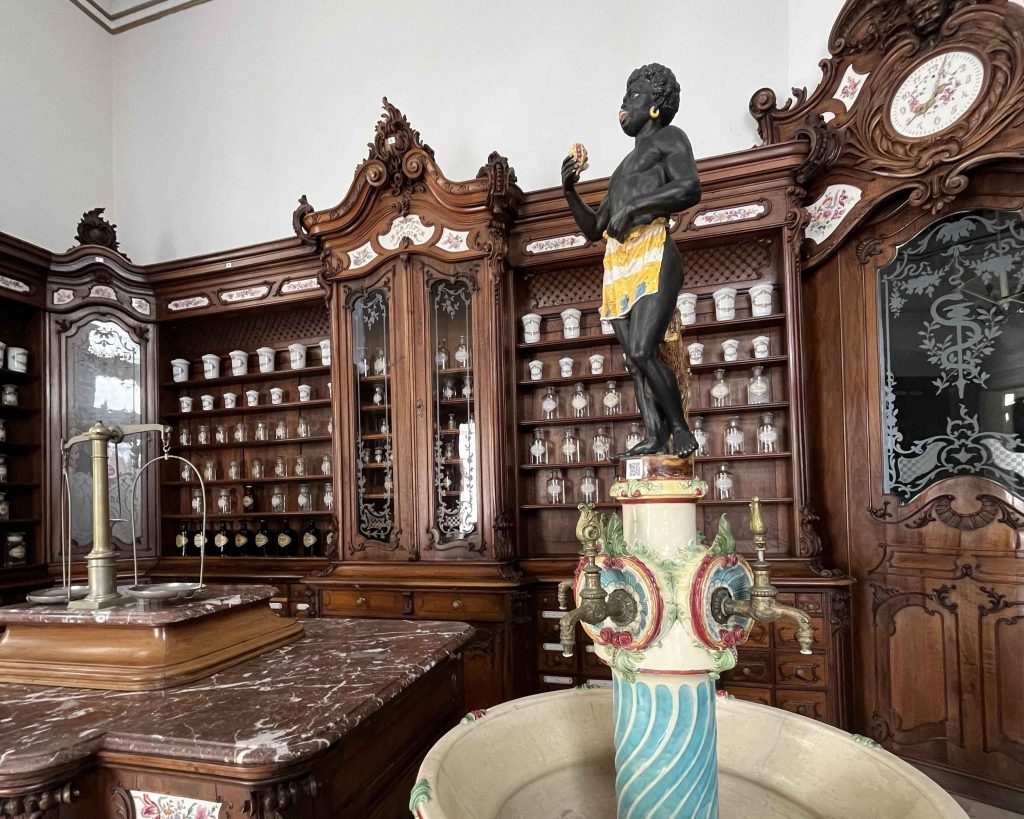LOCATIONS

m21 Gallery
The m21 Gallery is a spacious, modern exhibition space spanning 1100 square meters. It was built as part of the European Capital of Culture project in the Zsolnay Quarter, an area conceived within the former Zsolnay Factory grounds. The m21 Gallery stands out as one of the most prestigious exhibition spaces not only in Pécs but across Hungary. Its aesthetic and architectural qualities make it exceptionally well-suited for hosting signifi cant international and private collections, as well as showcasing the works of both Hungarian and international contemporary artists and art projects.
Kiállító művészek: Benes József, Drozdik Orsolya (Orshi), Ember Sári, Érmezei Lili, Fejős Miklós, Ficzek Ferenc, Gőbölyös Luca, Gryllus Ábris, Nilbar Güreş, Hajas Tibor, Hopp-Halász Károly, Anna Hulačová, Gözde İlkin, Januško Klaudia, Kanics Dorottya, El Kazovszkij, Kántor Ágnes, keresztes zoltán underdogimages, Keresztes Zsófia, Kismányoky Károly, Kiss Adrian Nadežda Kirćanski, Kölcsey-Gyurkó Sára, Könyv Kata, Ladik Katalin, Mátis Rita, Meltem Işık, Menyhárt Marcell, Nyári Zsolt, Nyíri Orsolya, İz Öztat, Pinczehelyi András, Pinczehelyi Sándor, Rezsonya Katalin, Rózsa Luca Sára, Sipos Boglárka, Süveges Rita, Szijártó Kálmán, Szondi Petra Virág, Tranker Kata, Udvari Boglárka, Ujj Zsuzsi, Vály Sándor, Varga Rita, Vékony Dorottya

Pécsi Gallery
A kiállítótér elsősorban kortárs képző-, ipar-, fotó- és építőművészeti kiállításoknak ad helyet. A pécsi művészek egyéni és csoportos tárlatai, illetve a hazai művészeti élet legjobbjainak egyéni, csoportos kiállításai egyaránt bemutatásra kerülnek.
A Pécsi Galériában kiállított műtárgyak meztelenséget és egyesek számára felkavaró tartalmakat ábrázolhatnak. Megtekintésük 18 év alatt csak szülői engedéllyel lehetséges!
Kiállító művészek: Csáky Marianne, Gyenis Tibor, Kis Róka Csaba, Major Judit, Petrányi Luca, Péli Barna, Piróth Tímea, Simon Zsuzsi, Merve Tuna

nick gallery
The Nick Gallery opened its doors in 2013 with the goal of promoting contemporary fine art through high-quality, monthly rotating exhibitions. As a progressive gallery, it showcases the works of renowned Hungarian artists and also regularly provides exhibition opportunities for young talents.
Kiállító művészek: Felde-Szabó Marianna, Januško Klaudia, Horváth Erzsébet, Makrai Adél, Verebics Ágnes

ANCORA ART GALLERY
The Ancora Art Gallery is an incubator exhibition space connecting the most promising talents of the new generation with art collectors. It's also a commercial gallery offering works by highly-regarded artists in the market. Furthermore, it's a vibrant cultural venue in Pécs, known for its progressive community and intellectual life, bringing contemporary art closer to a wider audience through events associated with its exhibitions.
Kiállító művész: Felde-Szabó Marianna, Nyilas Márta, Mátis Rita, Reining Vivien, Schell Réka

JPM SZERECSEN PATIKAMÚZEUM
The current pharmacy museum once housed the city's fi rst public "apothecary," known as the "Szerecsen" (Saracen). The beautifully carved oak neo-Rococo furniture in the interior, which originally functioned as a pharmacy, was crafted in Károly Hoffmann's workshop in Pécs. The unique furniture's colorful floral ceramic inlays were produced at the Zsolnay Factory. This late 19th-century furniture was restored in 1990 by Gábor Répay, a pharmacist and furniture restorer. The most striking element in the public area is the gracefully shaped drinking fountain (1884), created by sculptor Gyula Zsolnay.
Kiállító művész: Szöllősi Géza

JPM SCHAÁR ERZSÉBET: UTCA
The unique Museum Street, officially known as Káptalan Street, is home to numerous fascinating sights and attractions. One of these is Erzsébet Schaár's multifi gure composition titled "Street," which features a street as its main setting, populated by life-sized human figures, including portraits of well-known personalities.
